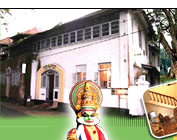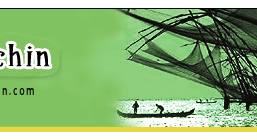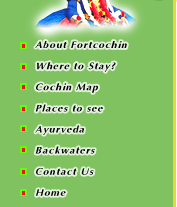



|
Most visitors head for Kerala's beaches and backwaters to recharge and relax. But some, on a more serious quest for better health, come expressly to sample Kerala's renowned ayurvedic treatments.Ayurveda, the science of long life is an ancient system that uses herbs and oils to treat a range of ailments. Fundamental to ayurvedic philosophy is the belief that we all possess three doshas or humours:vataam(wind or air); pitam(bile); and kpham(phlegm). Together these are known as the tridoshas and disease is viewed as the result of imbalance among them. Ayurveda aims to restore that balance, and hence good health, principally through two methods: panchakarma (internal unifications) and snehana(massage). |
|
|
The herbs used for both grow in abundance in Kerala's moist climate, many of them in the hilly, forested areas of the hinterland where they are harvested by tribal people. Every town and village in Kerala has its ayurvedic pharmacy where the medicinal plants, fresh and dried, are sold.Ayurvedic practice in Kerala places special emphasis on message and is claimed to be particularly beneficial for those suffering such chronic ailments as arthritis and rheumatism. The type of oil used in massage differs according to the ailment being treated, but ranges from castor and neem to mustard and camphor. To these are added various powdered herbs, nuts and bark. The ayurvedic practitioner may conduct the massage using the palm of the hand, a cloth or a poultice of herbs wrapped up in a cloth-it all depends on the type of condition being treated. Ayurvedic massage is also used on trainee dancers and students of Kalaripppayatt,Kerala's traditional form of martial art. The guru massages the student's head and shoulders with his hands, but uses his feet to stretch and flex the student's legs and back-flexibility being essential to classical dance and martial art. Having
an occasional ayurvedic massage, something offered at tourist resorts
all over Kerala,is relaxing, but to reap any long term benefits
necessitates rather more dedication-usually a 15 day or even a 41
day commitment which may involve certain dietary abstentions and
exercises Ayurvedic practitioners traditionally hailed from families where the knowledge was passed from father to son over successive generations. These days there are ayurvedic colleges throughout South India where students train for several years. Properly qualified practitioners receive accreditation fro the state government. |
|